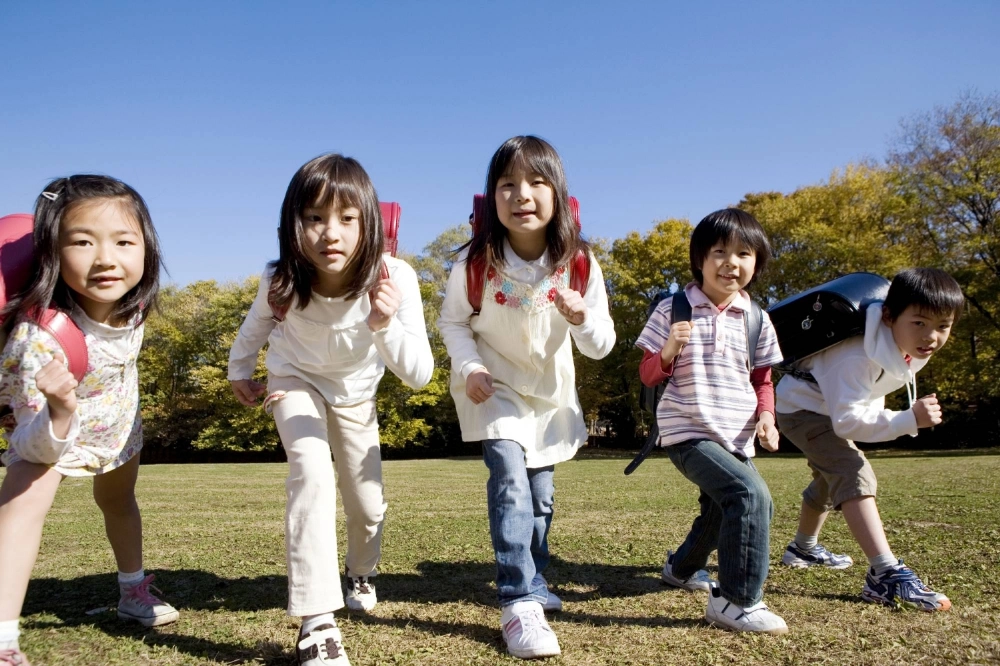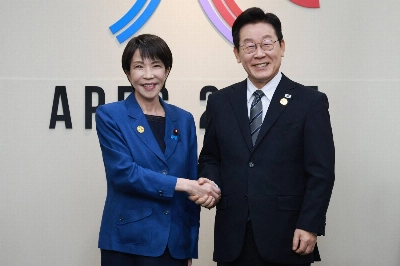In a May ranking of children’s well-being in 36 developed countries, Japan came in about halfway, in 14th place.
Though it secured the top spot in physical health and made gains in the skills category — and rose from 20th place since the 2020 ranking — the survey conducted by UNICEF revealed Japan’s low performance (32nd) in mental well-being, which hasn’t seen much improvement over recent years.
These findings are corroborated by a grim statistic: Last year, Japan saw a record high of 529 child and teenage suicides. And both the number of child abuse and school refusal cases have steadily increased over the past decade, despite plummeting birth rates.

















With your current subscription plan you can comment on stories. However, before writing your first comment, please create a display name in the Profile section of your subscriber account page.